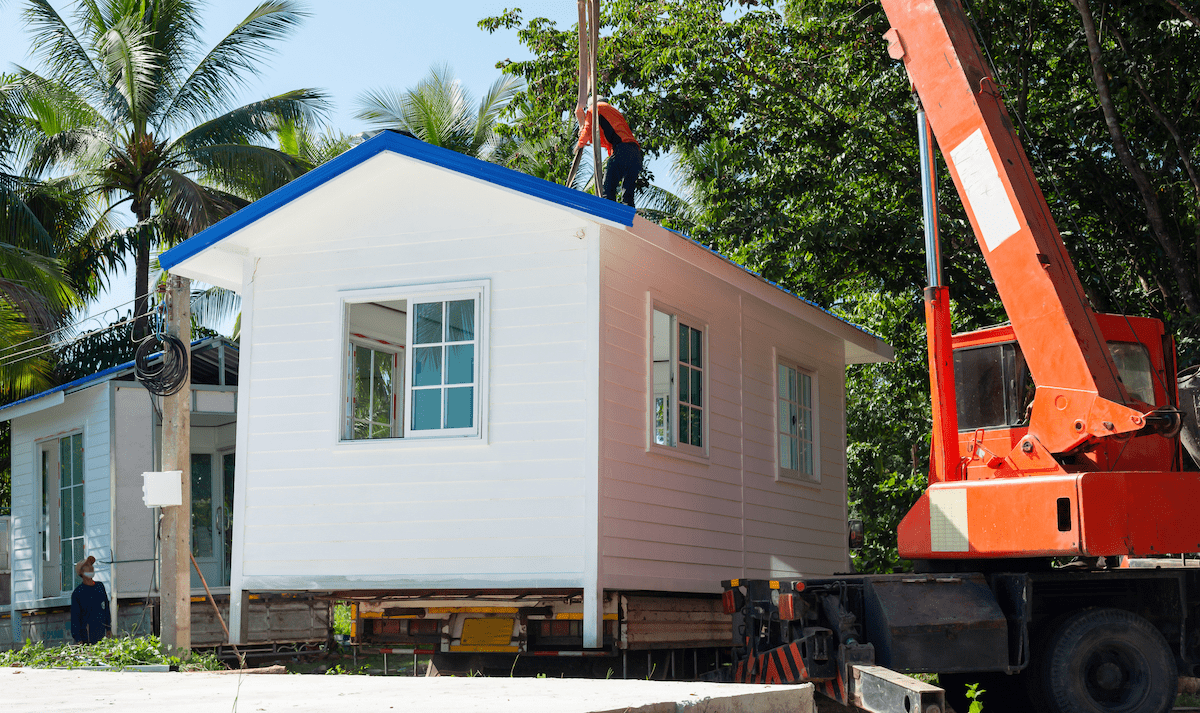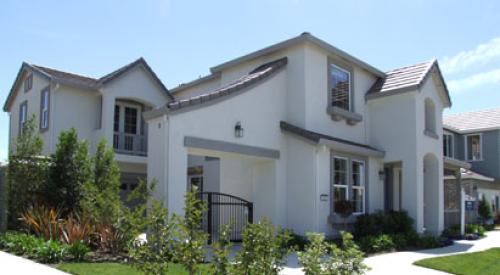Manufactured housing can offer significantly reduced construction costs compared with conventional site-built homes and has the potential to have a real impact on attainability in today's housing market where home values continue to outpace increases in income. But there are barriers to the wider adoption of manufactured housing as a cost-saving solution.
A new study, “Overcoming Barriers to Manufactured Housing: Promising Approaches from Five Case Studies,” from the Joint Center for Housing Studies of Harvard University, looks at work by a diverse selection of developers from across the U.S., including for-profit, nonprofit, and government entities on projects ranging in size and scope from single-unit infill to large subdivision developments, and how they're overcoming these hurdles.
Key insights from the study include:
- Zoning Restrictions Require Flexibility: While advocacy campaigns can significantly sway how manufactured housing is perceived, we saw only one instance where project leaders were able to change zoning code to allow manufactured homes where they were previously prohibited. Notably, that project was city-led and still required a lengthy campaign to educate community members about manufactured housing before the change could be made.
- In one other project from the case studies, development was able to move forward in spite of a zoning restriction against “mobile homes” on the condition that the homes were sited on permanent foundations. But, in most other instances, developers simply avoided places where manufactured housing was explicitly prohibited, opting instead to build just outside of city limits or in a nearby community where no such prohibition existed. Only one of the groups interviewed – a California-based nonprofit – reported that zoning was not a consideration, as California has outlawed discrimination against manufactured homes.












